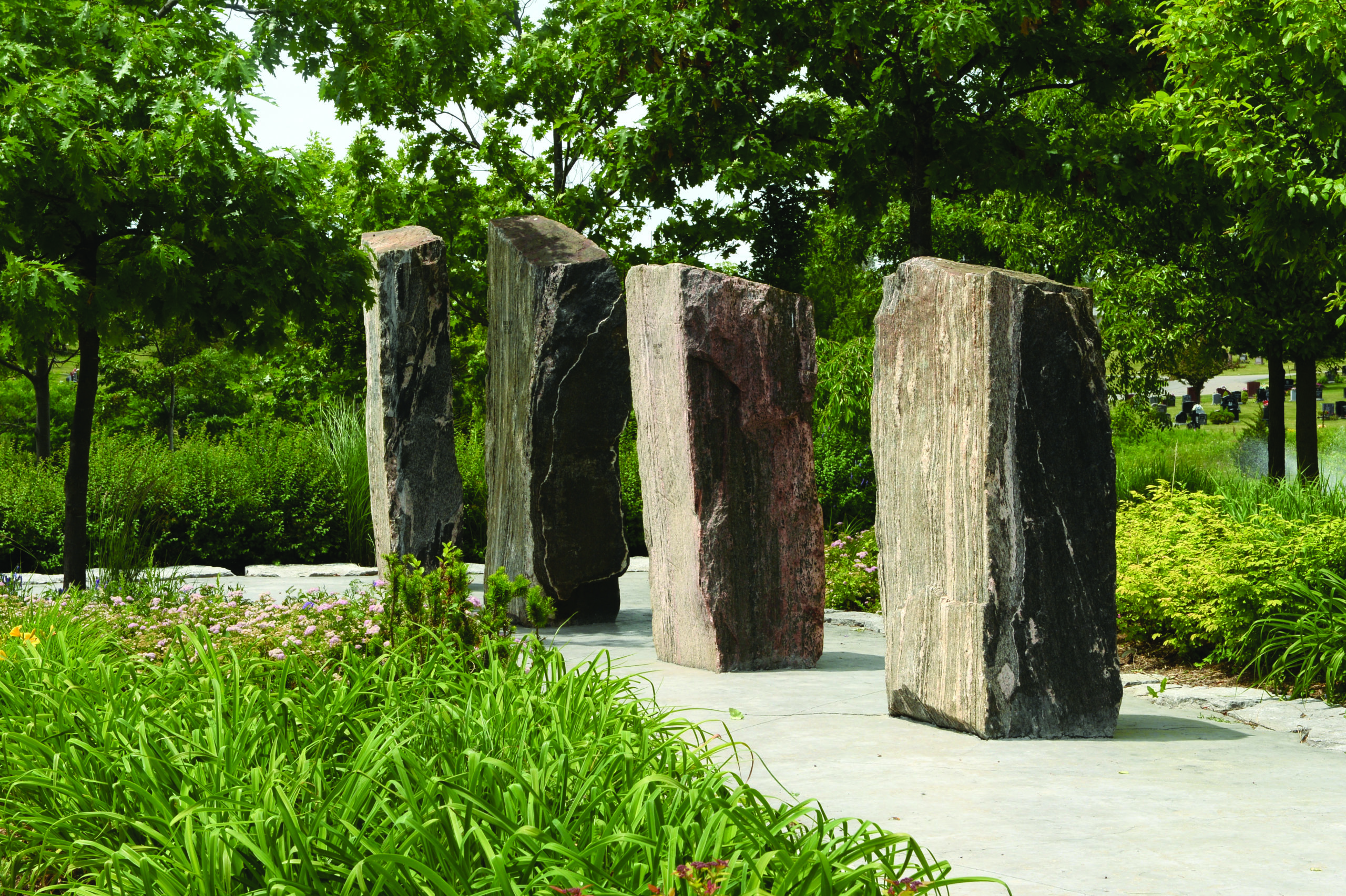A Legacy of Change: looking at MPG’s history

To many people, cemeteries are simply part of the background of our lives.
It can seem as though they’ve always existed in our communities, waiting for the moments when we seek the peace they offer. We drive past them on our way to work or enjoy a quiet walk through their twisting paths. But although they may seem timeless, they’re anything but static. They grow to reflect the people who use them, and in doing so endure across generations.
The ten cemeteries that make up Mount Pleasant Group (MPG) are perfect examples of how our industry is always evolving to fit the lives of the people we serve. As the GTA and its needs have changed over the past two centuries, so have we.
- Prior to 1826, cemeteries in what is now the GTA only existed for those of the Catholic or Anglican faiths. Mount Pleasant Group was established in the countryside north of the Town of Muddy York to fulfill the burial needs of all
- In 1917, we established the first formal veterans’ section in Canada to serve the burial needs of those returning from The Great War. Today, Prospect Cemetery is home to the largest WWI veterans’ section in the country, Pine Hills Cemetery is home to the largest WWII veterans section, Meadowvale Cemetery has the national Korea Veterans Memorial, and York Cemetery has the only memorial in Canada commemorating all Canadian Victoria Cross recipients.
- In the 1920s, private family mausolea were popular but prohibitively expensive. MPG was the first cemetery in Ontario to construct a community mausoleum where citizens could purchase individual crypts.
Newcomers brought new traditions. And each deserved a place in which to observe them.
- In response to demand from the growing Italian and Portuguese communities, large mausolea were constructed at several MPG locations. Traditional outdoor crypts evolved into heated, comfortable buildings.
- After meeting with the Aga Khan in the early 1970s, MPG designed the first Muslim Burial Ground at York Cemetery. Graves were surveyed facing south-east toward Mecca.
- Cemetery by-laws were updated to allow for greater flexibility and memorialization in keeping with Eastern European customs, and east-facing Orthodox plots were established.
- With the increase in Asian immigration to the GTA in the 1980s, elements of Feng Shui were introduced when designing interment rights, applying the system of philosophical laws that govern spatial arrangement and orientation in relation to the flow of chi energy.
- As demand grew for a more natural or “green” form of burial at the turn of the millennium, MPG responded by designing natural burial areas at Meadowvale and Duffin Meadows Cemeteries.
Today cremation has grown to become the preferred choice of about 70% of the GTA population.
- MPG constructed the first crematorium in Ontario at Toronto Necropolis Cemetery in 1933.
- In the 1980s, MPG was the first Ontario cemetery to develop a natural scattering garden at Mount Pleasant Cemetery.
- In the late 1990s, MPG designed and opened the GTA’s first Garden of Remembrance and Forest of Remembrance.
- MPG was the first in the GTA to introduce indoor glass-fronted niches to display urns and personal artifacts.
- By 2010, geo-thermal and solar technology was introduced to heat, cool and light buildings containing columbarium niches.
- To reduce our carbon footprint, crematorium equipment was replaced with modern, virtually emission-free technology. Our facilities were also modernized to include comfortable witnessing rooms.
But the most important innovation in our 193-year history happened more than a century ago.
In the 1880s, our Board of Directors had the foresight to replace the annual maintenance fee with a one-time maintenance fee, collected at the time a plot was purchased. A percentage of the purchase price from each interment right was deposited into a maintenance account. The interest generated from the maintenance account’s investments was then used to cover the cost of maintaining MPG cemeteries.
This shift in thinking proved to be so successful that a Care & Maintenance Fund became a legislated requirement for all Ontario cemeteries beginning in the 1950s. Today our fund has amassed over $450M, the largest fund balance per developed acre of any cemetery organization in North America. It allows us to fulfill a simple promise to those we serve: as times, technologies and communities change, we’ll always be there for their families.